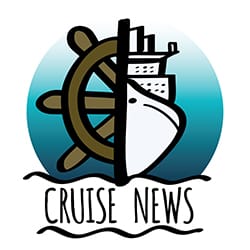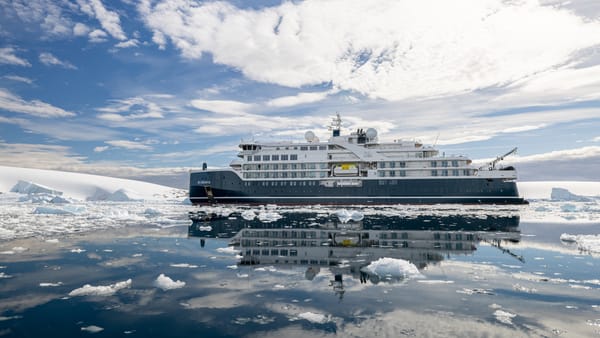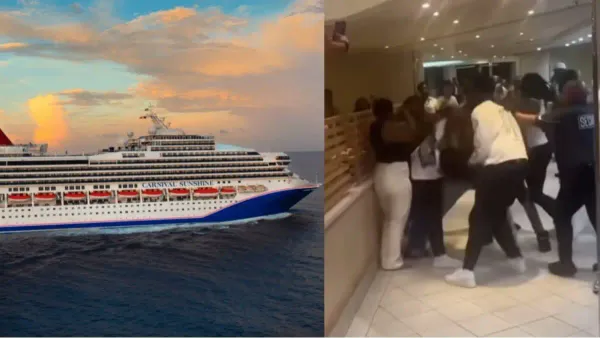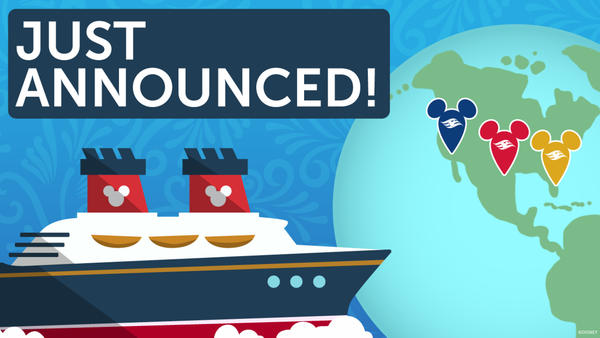Viking Vesta Debuts With Sustainable Design and Mediterranean Voyage
Viking Vesta’s debut highlights the company’s dedication to sustainable cruising, featuring future-ready design and expanding small-ship, culturally immersive travel across Europe.
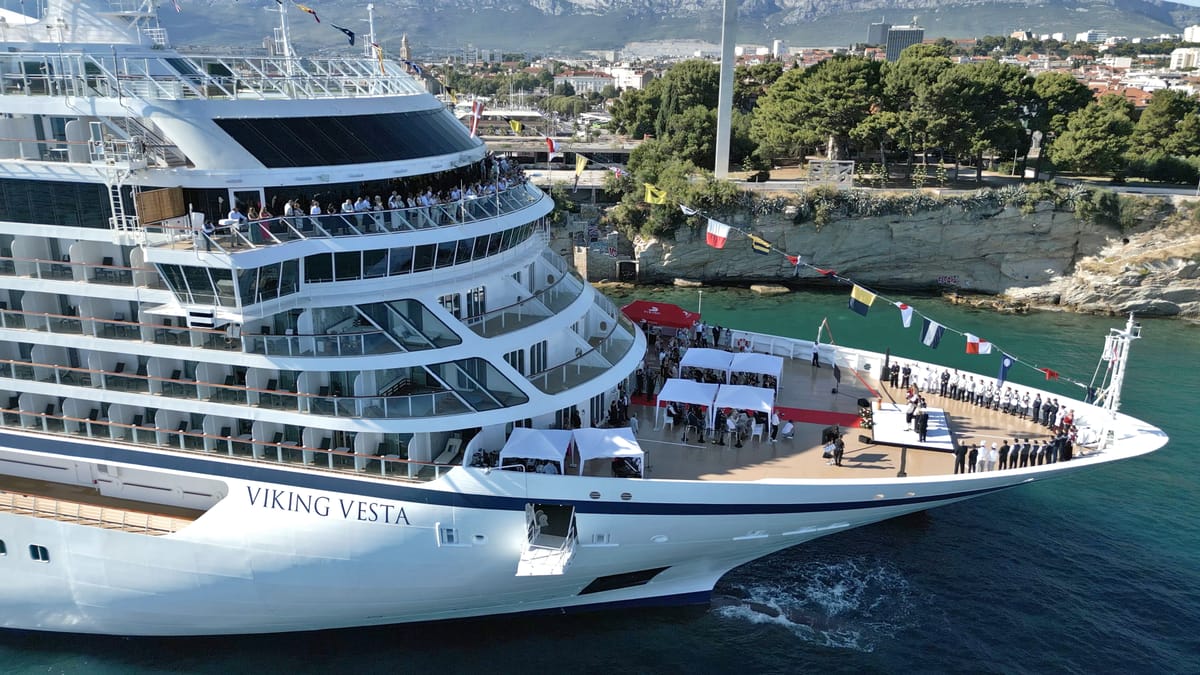
Viking has expanded its ocean fleet with the official introduction of the 998-guest Viking Vesta, marking a significant milestone in the company’s continued pursuit of sustainable, small-ship cruising. Delivered by Fincantieri in late June at the Ancona shipyard in Italy, the vessel then traveled to Split, Croatia, where Norwegian journalist Lene Tangevald-Jensen served as godmother in a traditional naming ceremony that included using a broad axe to cut a ribbon and send a bottle of Norwegian aquavit against the hull.
Delivery and Naming Ceremony
The Viking Vesta’s handover took place on June 26, highlighting a decade-long partnership between Viking and Fincantieri. Shortly afterward, the ship was formally named in Split, underscoring the cruise line’s long-standing custom of combining maritime tradition with modern innovation. Speaking about the new ship, Viking Chairman and CEO Torstein Hagen said, “As we celebrate 10 years of ocean voyages in 2025, we are pleased to welcome the new Viking Vesta to our award-winning fleet of elegant sister ships. We are also very grateful to Lene for serving as godmother…she embodies the values that are very important to me and to Viking, she is kind, honest, hardworking and, of course, curious.”
Sustainability-Ready Design
Designed to accommodate emerging propulsion and energy systems, the 54,300-gross-ton Viking Vesta can currently run on conventional marine diesel but is engineered for potential retrofit with advanced green technologies. This forward-thinking approach continues a sustainability theme introduced by the Viking Vela, delivered in December 2024, and reflects Viking’s broader goal of responsible tourism. The vessel features 499 staterooms, offering all-veranda accommodations for its 998 guests, and focuses on small-ship cruising to minimize environmental impact. Hagen has publicly expressed his pride in blending exceptional travel experiences with environmental stewardship, a core value for the company’s leadership.
Upcoming Hydrogen-Powered Milestones
Viking remains committed to expanding its eco-friendly fleet through the introduction of hydrogen technology. The Viking Libra, slated for delivery in 2026, and the Viking Astrea, planned for 2027, are expected to operate on hybrid propulsion systems that include hydrogen storage and fuel cells capable of zero-emission operations. Viking has previously trialed fuel-cell technology aboard the Viking Neptune, and the Viking Vesta itself was built with potential conversions in mind as clean-energy solutions mature. These steps align with the company’s ongoing strategy to maintain leadership in sustainable ocean cruising.
Inaugural Itineraries and Passenger Experience
Shortly after its official naming, the Viking Vesta began welcoming passengers in Venice on July 2, 2025, embarking on a 12-night inaugural Mediterranean voyage that concluded in Barcelona. The maiden itinerary included calls in Šibenik, Dubrovnik, Corfu, Salerno, Civitavecchia (Rome), Livorno (Florence/Pisa), Monte Carlo, and Marseille. Following this Mediterranean journey, the ship repositions to Northern Europe on a 14-night route from Barcelona to Reykjavík, calling at Málaga, La Coruña, Lisbon, Holyhead, and Liverpool. Subsequent Mediterranean sailings range from seven- to 28-night voyages, with highlights in Italy, Spain, Turkey, Greece, and Croatia.
Guests aboard the Viking Vesta can expect a destination-intensive experience with enrichment programs, all-veranda staterooms, and a design aesthetic that draws on Scandinavian simplicity. The ship continues Viking’s casino-free and child-free policy, catering to travelers seeking a relaxed atmosphere that emphasizes cultural immersion and refined luxury.
Ongoing Fleet Expansion and Fincantieri Partnership
The Viking Vesta is the company’s 12th ocean ship delivered in just 10 years, and Viking projects continued growth. Over the next several years, the cruise line plans to add 10 more ocean vessels by 2031, including the forthcoming Viking Mira, bringing its total ocean fleet to 23 ships. Viking simultaneously aims to grow its river division to 111 ships by 2028, reinforcing its presence in multiple cruising segments. This extended partnership with Fincantieri has proven pivotal in shaping a small-ship concept that prioritizes destination-rich itineraries and paves the way for hydrogen-enabled operations on future vessels.
With the Viking Vesta entering service, Viking affirms its reputation for consistently blending environmentally conscious design with a commitment to delivering culturally immersive voyages.
Frequently Asked Questions (FAQs)
When and where was the Viking Vesta delivered?
The Viking Vesta was delivered in late June at Fincantieri’s Ancona shipyard in Italy. The official naming ceremony then took place in Split, Croatia.
What makes the Viking Vesta unique in the cruise industry?
Its design allows for eventual retrofitting with next-generation clean technologies, setting the ship apart from larger vessels that lack future-proof engineering. The Viking Vesta also offers an intimate, destination-intensive cruise experience, reflecting Viking’s emphasis on small-ship luxury.
Where is the Viking Vesta sailing in its first season?
After its naming ceremony, the ship began Mediterranean voyages starting from Venice and traveling to Barcelona, followed by a repositioning cruise to Northern Europe that ends in Reykjavík. Future itineraries include various routes ranging from seven to 28 nights across Italy, Spain, Turkey, Greece, and other destinations.
Which Viking ships will use hydrogen power and when?
The Viking Libra, due in 2026, and the Viking Astrea, planned for 2027, are both slated to incorporate hydrogen storage and fuel-cell systems. These ships aim for zero-emission operations on select itineraries.
How is Viking’s fleet expected to grow by 2031?
Viking plans to launch 10 additional ocean ships by 2031, expanding its ocean fleet to 23 vessels. Simultaneously, the company aims to operate 111 river ships by 2028, underscoring its ongoing commitment to both small-boat and sustainable cruising.
